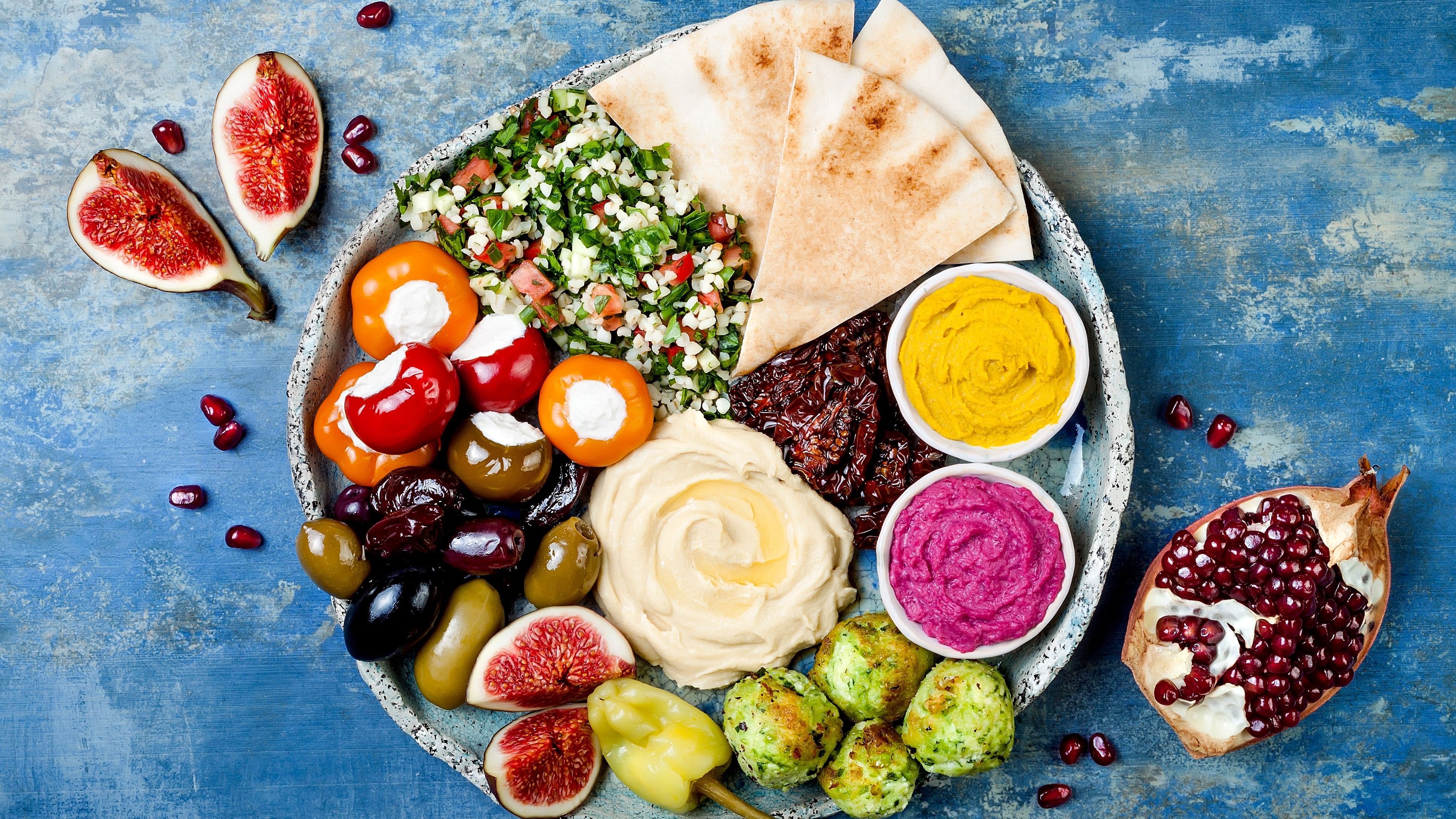
Pic for representation.
Photo courtesy iStock
Picture this: you’re at your mother’s place, a summer morning has fallen like a silent prayer, and the kitchen has been turned into a bustling laboratory where different categories of ingredients are simmering and bubbling, sitting immersed in salt baths or rubbed with spice pastes, waiting to be mixed, kneaded, and transformed into something bigger than themselves. Something that would last longer than they would, on their own. They’ll become papads and pickles — a way to preserve a full season in jars and containers. All too relatable, right?
Food preservation has always been an integral part of our culture, and the natural methods that have been used for hundreds of years have suddenly gained centre stage in today’s global food landscape. Drying, salt-curing, and fermenting are some of the oldest ones, while storing in cool conditions, which was typically done in earthernware pots, was modernised by refrigeration later, giving frozen foods a whole new meaning.
While the nutritional value of preserved foods is an important factor, there are other reasons why we preserve foods, including socio-economic compulsions. Preserving vegetables and fruits in various forms, from pickles to sun-dried slices, mostly helps extend the shelf-life of produce, and carry us through non-seasonal months, when they’re either unavailable or expensive. Making papads and vadis in the summer is not just a ritualistic goal but also a way to take us through periods of slim sunshine, when deep-frying, roasting or cooking them brings a sense of warmth and texture to a meal, without compromising on nutrients.
Today, fermenting and sun-drying have become popular because the health benefits of these processes are being highlighted, specifically concerning gut health. But what the larger narrative tends to miss is that preserving foods is also good for the health of the planet. Let’s peel the layers one by one, to understand the historical context of the farm-to-table chain, which consists of several steps. Historically, the primary goal was to make it easier to store food, given that growing and harvesting cycles entirely depended on natural factors, including seasons and weather patterns. Also, the lack of efficient management systems across the touch points in the
supply chain: transportation, storage and distribution, was a key point to consider, and food needed to be preserved in order to prevent spoilage and wastage. When the Industrial Revolution took over, it was all hands on deck at the supermarkets, where processed and canned foods were lined up, offering the promise of something different and more importantly, convenience.
While the negative effects of preservatives and even non-biodegradable packaging did rear their heads now and then, convenience became the most desirable action point for packaged foods. While on the one hand, we have now become more conscious about the chemicals used in preserved foods, the environment could really do without plastic and synthetic waste. Scientists are working on creating bio-derived active packaging material, which would potentially make the environment less polluted and also, food more nutritious and long-lasting. Scientists are also
working on lab-grown foods, and while the prospect of consuming them in our collective food future may not be the most exciting milestone to look forward to, there are things we could do in the here and now that could potentially release us and our environment from the shackles of harmful chemicals and pollution. Today, over 68 million tonnes of food is wasted annually in Indian homes, which is roughly about 50 kgs per person, according to the United Nations Environment Programme (UNEP) index report. Also, food is possibly the biggest chunk of household materials to end up in municipal landfills and the third largest source of methane emissions by human activity. This is why preserving food helps us reduce food waste, waste in our landfills, and our carbon footprint. It contributes to the local economy and gives the opportunity to consume local foods in a more structured way.
Here are five preserved food ideas that you could try, with simple, local, everyday ingredients:
Drying methi and mint greens and storing them in airtight containers is a wonderful way to infuse an additional layer of flavour to everyday recipes. Kasuri methi is great in dals and sabzis and dried mint works like a charm in salads and chaats, with that extra zing.
Naati tomato slices can be sun or oven dried, and then preserved to use in gravies and sauces. My personal favourite is to powder the dried tomato slices and mix them into soup, which really brings flavour and richness without compromising on quality.
Mangoes — both raw and ripe — can be dried, pickled, pulped and cooked down to preserve. Salt-cured raw mango slices work great in adding an intense level of sourness to side dishes, and ripe mango pulp is always a welcome addition to desserts during the off-season.
Chillies of all kinds can be preserved in various ways, but my go-to is always the salt and curd stuffed naati chillies, dried and fried in a little bit of oil, which can become the star of the everyday meal: it goes well with rasam or curd rice, and could also be crushed and mixed into lemon rice or mashed potatoes for a burst of spice and heat.
(Ranjini Rao is a communications professor, author, and podcaster, straddling multiple worlds in Bengaluru. She’s passionate about urban farming and sustainable living, and can mostly be found cooking and baking in her little kitchen where, surrounded by heirloom coffee kettles and mismatched tea cups, she finds her chi.)